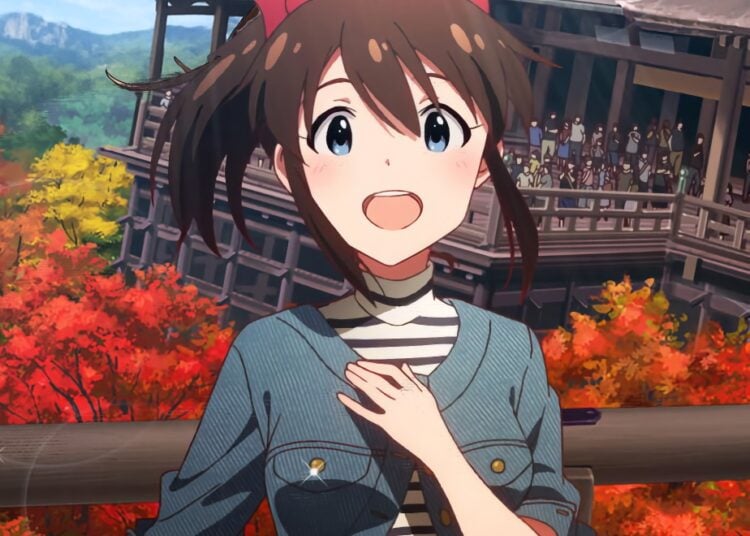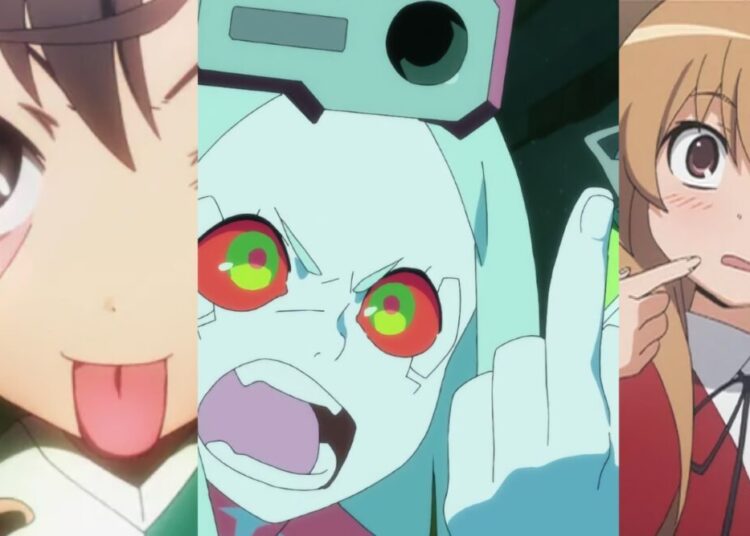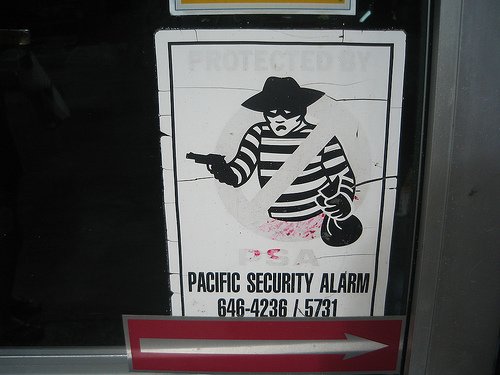Hello again from J-List, where the country is preparing to say goodbye to the current year and ring in the new one. Dec. 31st is a busy day as people rush to get everything ready for the New Year, buying food to make traditional dishes called “osetchi” that are made to keep for several days so housewives can take a break from cooking during New Years, and buying various decorations for the home. It’s customary to eat Japanese soba (buckwheat) noodles on the last day of the year, believed to help everyone enjoy long lives, and December 31st is the busiest day for restaurants that serve noodles. But the most important activity that takes place on New Year’s Eve is watching Kohaku, the Red and White Song Battle, an annual live show put that’s been put on by NHK every year since 1951 in which female singers (the red team) battle male singers (the white team) to see which side can put on the more extravagant performances. The Kohaku show is “the” music event of the year, a veritable institution in Japan’s music scene, and virtually every top star will be there from Ayumi Hamasaki to Kumi Koda to Orange Range and enka great Saburo Kitajima (I always make sure to catch his slot). After the Kohaku show ends at 11:45 pm, NHK shows solemn images of people making their way to beautiful Shinto shrines, Buddhist temples and Christian churches (and maybe a mosque?) to do hatsu-mode (ha-tsu MOH-day), the first prayer for good luck and happiness of the New Year, overlaid with the sound of beautiful bells until the display flashes “0:00,” letting you know the New Year has arrived.
And for the record, the Japanese are bad at English, but other folks are bad at Japanese. This sign is terrible, advertising “Ice Cake” (whatever that is) and mis-writing the word for shaved ice. Course the English was universally bad here too.















